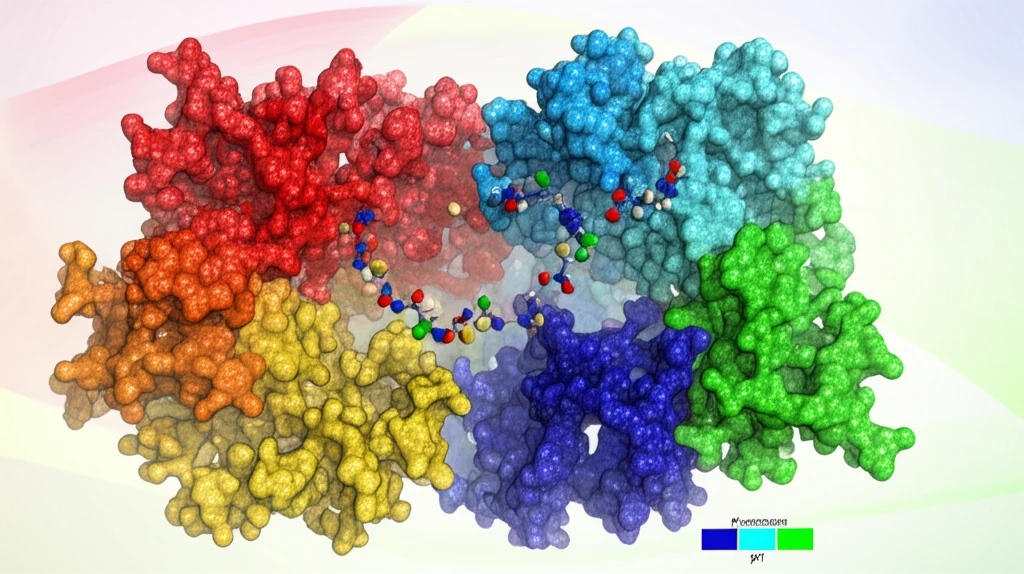
Norfloxacin's Journey: How Proteins Influence Drug Behavior in the Body
"Unlocking the Secrets of Drug Interactions: A look at how proteins affect Norfloxacin's effectiveness."
Antibacterial drugs, crucial for fighting infections, navigate a complex landscape within the human body. Their effectiveness hinges not only on their ability to target and eliminate bacteria but also on how they interact with various biological molecules they encounter along the way. Among these interactions, those with proteins stand out as particularly significant. Proteins, abundant and diverse, can influence a drug's journey, affecting its distribution, metabolism, and ultimately, its therapeutic impact.
Norfloxacin, a fluoroquinolone antibiotic, exemplifies this intricate interplay. As a drug capable of existing in multiple forms depending on the surrounding pH, norfloxacin presents a unique opportunity to study how these different forms interact with proteins. Understanding these interactions is not merely an academic exercise; it has real-world implications for optimizing drug delivery and improving treatment outcomes.
Recent research has shed light on the specific interactions between norfloxacin and lysozyme, an enzyme found in various bodily fluids. By examining how different forms of norfloxacin bind to lysozyme, scientists are gaining valuable insights into the factors that govern drug-protein interactions and their consequences for drug behavior within the body.
How Does Norfloxacin Change in the Body?

Norfloxacin's behavior in the body is heavily influenced by its prototropic properties, meaning it can exist in different forms depending on the surrounding acidity or alkalinity (pH). Think of it like a chameleon, adapting its appearance to blend in with its environment.
- Cationic Form (nfx+): Occurs in acidic conditions.
- Zwitterionic Form (nfx): The neutral form, prevalent at physiological pH.
- Anionic Form (nfx-): Occurs in alkaline conditions.
What’s Next in Understanding Drug Interactions?
This research underscores the importance of considering drug-protein interactions when developing and administering medications. Future studies could explore how other proteins and biological molecules affect norfloxacin and similar drugs. By mapping these interactions, scientists can design more effective drugs with fewer side effects, ultimately improving patient care.
